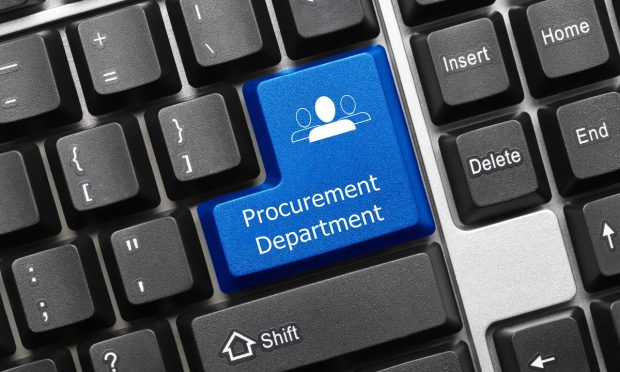Companies Move to Digitize Procurement Processes

Chief financial officers (CFOs) and other financial professionals are examining how automating their supply chains could help break down some of their organizations’ cash flow barriers.
This comes as interest in automation for various parts of the supply chain or spend management process grows: One study estimates that approximately 40% of procurement duties can be automated, for example.
Taking a closer look at how such technologies may benefit their firms should be a top priority for company executives and accounts payable (AP) teams, according to the “Corporate Spend Playbook,” a PYMNTS and Airbase collaboration.
Get the report: Corporate Spend Playbook
Automating the Workflows Around Spending
With automation, there’s no hands-on work required, no passing information back and forth and nothing falling in the cracks, Airbase Director Corporate Brand Darcie Lamond told PYMNTS in a recent interview.
“Spend management is all about automating all the workflows around spending — not just the accounting workflows, but also the pre-accounting and post-accounting, where you want reporting of it,” Lamond said.
Read more: Automating Workflows Takes the ‘Crazy’ Out of Accounts-Payable Processes
There’s room for this kind of improvement. The PYMNTS report notes that only 19% of CFOs report they have fully automated the financial processes at their firms, and that expense report violations nearly tripled in 2020 with the move to remote work. The leap to a virtual work environment has generated new discussions around what should qualify as business expenses in the first place and inspired confusion over their reporting among individuals working from home.
Most businesses are well aware of the need to have transparent budgets in place to facilitate their yearly operations. Many companies are also restructuring their expense reporting or other spending processes to respond to the new ways that employees are working and money is moving after the impacts of the past two years.
About one-third of U.K. and U.S. businesses plan to upgrade their spend management and expense controls, and nearly half of firms plan to enable payments from digital invoices in the next three years, PYMNTS’ research found.
Empowering Businesses to Better Track Their Cash Flows
Organizations clearly wish to improve their budgeting operations, but they must be sure they are incorporating tools that can handle a higher quantity of digital data with the speed and accuracy needed to stay competitive. Automated AP processes could offer a significant advantage.
Digital spend controls can empower businesses to better track their cash flows with more transparent views into incoming and outgoing payments. These tools allow AP teams to easily view expenses from different sources in their companies, such as corporate card spend, for example, or help consolidate digital invoices and receipts on one convenient platform. Digital invoices are gaining interest as firms perceive a greater need for electronic budgeting solutions.
AP automation is gaining ground. Companies will want to keep a close eye on how automation and other technologies could clarify their budgeting and give them tighter control over cash flows as the digital economy continues to evolve.

